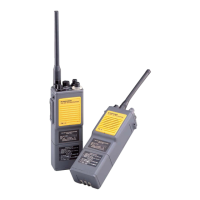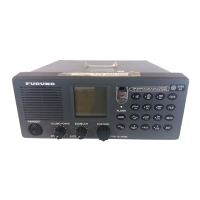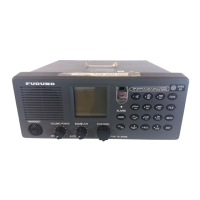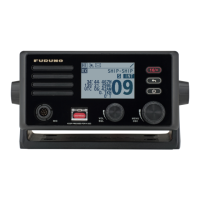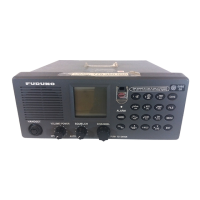Why is the output power reduced to LOW on my Furuno FM-8900S?
- JJermaine MartinezAug 12, 2025
If the Furuno Cordless Telephone's output power is reduced to LOW, this is likely a protective measure against overheating caused by continuous transmission. The solution is to wait until the unit cools down.







